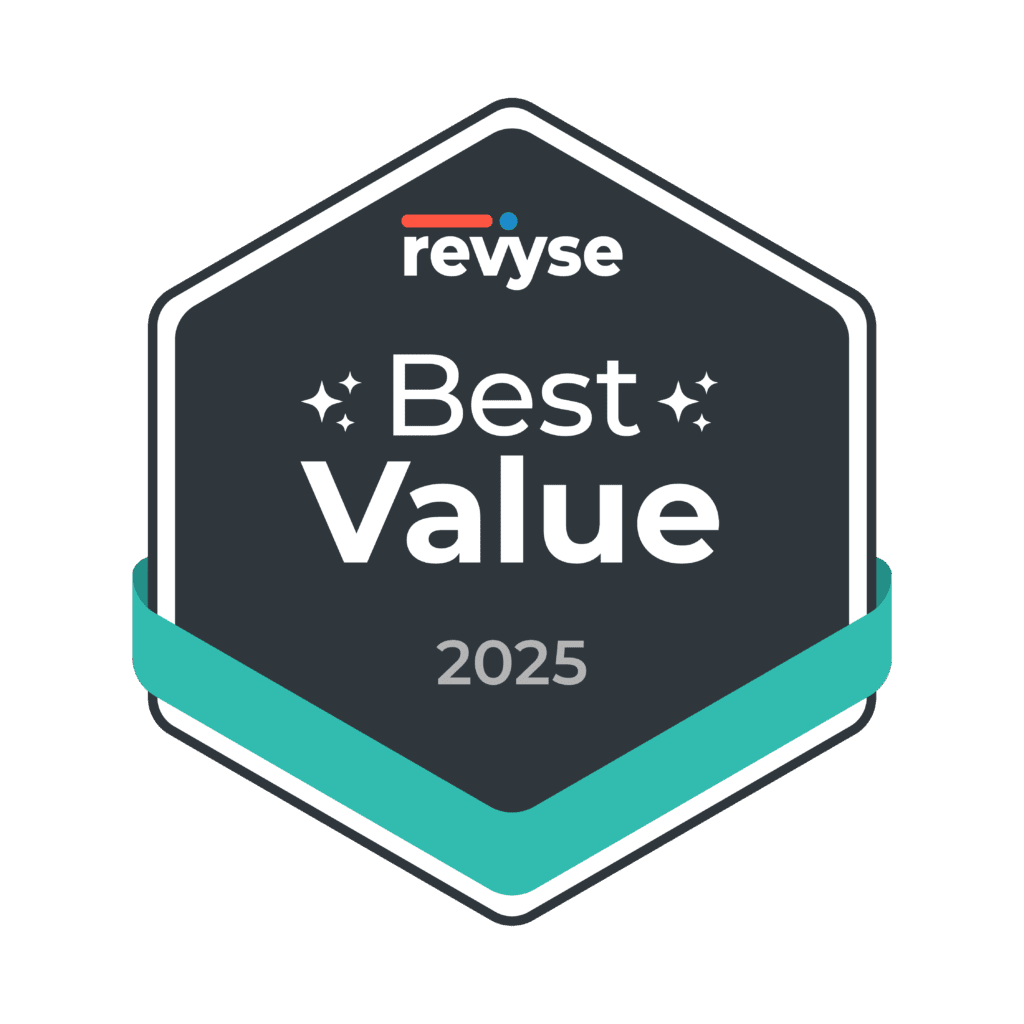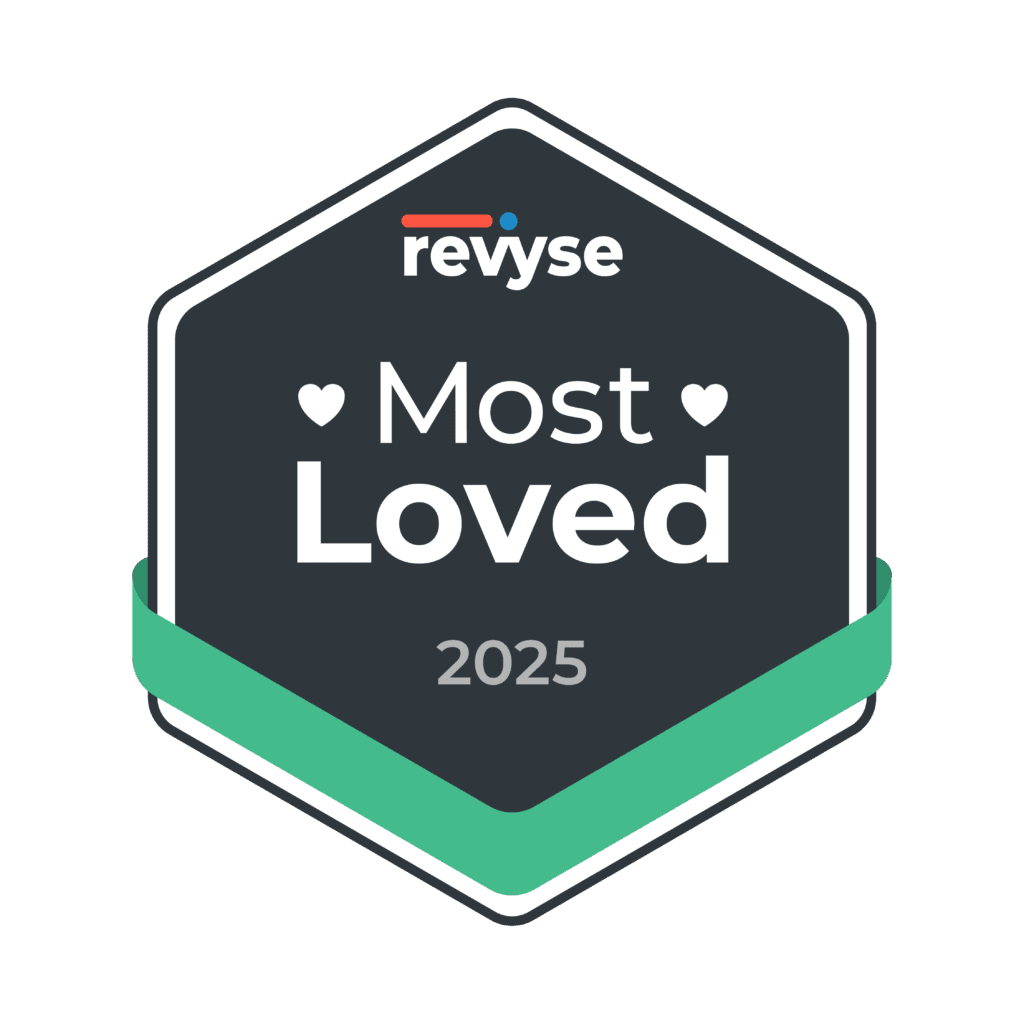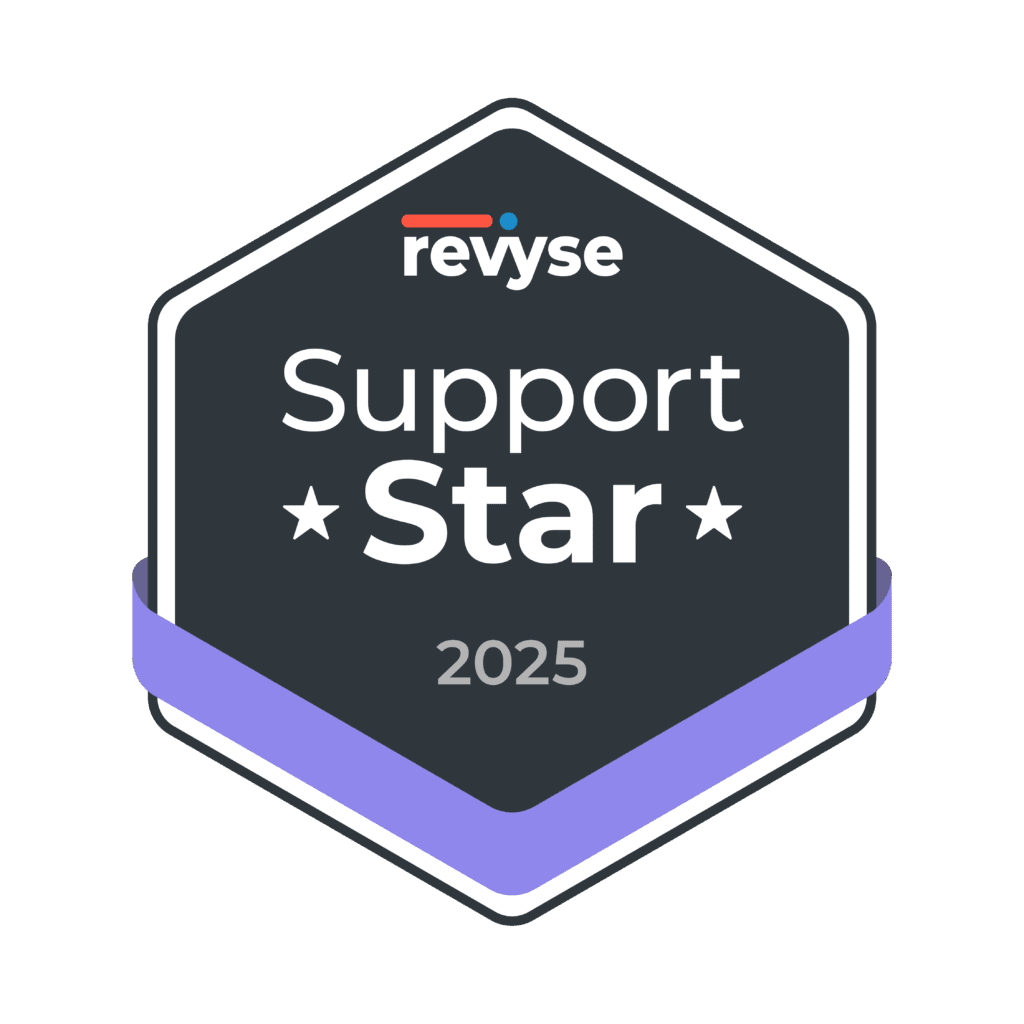Communication is the crux of all human interaction, including the day to day of onsite teams across the country. What you say, when you say it, and how you say it are the communication fundamentals building blocks for good communication. It is easy to say the right thing at the wrong time, or send a message at the right time through the wrong channel and not achieve optimal or desired results.
Each onsite team has the opportunity to help potential renters find their next home and ensure current residents love where they live. While the job certainly isn’t easy, it can be very rewarding! Having great communication with potential renters and residents is key to success. In the last 24 months there has been an influx of technology and tools to assist onsite teams with all of this communication.
Lets separate signals from noise and pinpoint how new technologies like automation and AI can be the onsite team’s best friend and create memorable and effective experiences through great communication for renters everywhere!
We will be releasing 3 blog posts around each of these fundamental building blocks: 1) what you say 2) when you say it 3) how you say. In this first post we will explore “What You Say”.
Communication Fundamentals – What You Say
We like to break “what you say” into two main sections. Context and Personalization. Understanding these two factors and executing on them well allows you to achieve master status in the “what you say” category, one of our three pillars of communication fundamentals.
Context:
Context is all about understanding the peripheral realities of each prospect and residents experience and where they are currently at in their journey. A prospect who just learned about your property and hasn’t toured yet should receive different messaging than a prospect who has toured twice and already started the application process. Similarly on the resident side, someone who has just moved in will require different content than a resident who has been with you for 9 months.
Stages of The Customer Journey:
Context will change based on what stage your customer is in. Early stage buyers have just become aware of your product and messaging should be focused around building enough interest to get them to want to learn more. Some practical examples here are talking about your properties amenities, information about the neighborhood, and talking about the lifestyle your product promotes. A good marketing campaign in the early stage of buying will leave your prospects saying “I want to be the kind of person that lives here”. 8-10 touch points are needed to convert a prospect into a resident. Ensuring those touchpoints are spread appropriately over the stages of the buying process is a key factor to success.
Mid stage buyers have probably toured and have shown signals that indicate they are likely to rent. Now it’s time to start pivoting your messaging to talk about the practicalities of why one should rent at your property. Advertise concessions, discuss pet policies, or talk about parking convenience. The buyer is now imagining themselves at your property so it’s time to help them along that journey with some practical examples! 61% of applicants are submitting applications to 2 or more properties. A successful mid stage communication strategy helps ensure your property makes the cut.
Late stage buyers are ready to make a decision. Now is the time for your onsite team to engage and close the deal. There is a time for tech and a time for personal touch. We highly recommend leveraging your personal touch during the late stage of the lead to lease cycle. 29% of onsite teams report not having enough time each day to complete their jobs. Focusing their efforts on late stage prospects helps focus their efforts so their limited time is spent where it is most valuable.
Resident stage or current renters also have varying context. Renters who just moved in want to feel like the resources they need for a successful move-in are available to them. Renters who are mid-way through their lease journey will care more about an attentive onsite team who are concerned with the renters experience and available to solve any problems that may arise. Late stage (renewal) renters want to make sure they have options and that their experience in the next 12 months will be as great as the experience of the prior 12 months. Ensuring you have a strategy for proactive outreach to residents based on their stage is key to a high renewal rate and boosting online reputation.
Breaking leads into different stages and implementing diverse strategies based on stage can be an impossible task when done manually. This is where automation and AI technology can do the heavy lifting. By leveraging platforms that automatically break prospects into stages, and dynamically trigger automation sequences based on that stage you can take advantage of the above strategy without additional training or staffing of your onsite teams.
Personalization:
The same way your messaging should change depending on the context of your renters journey it should also change based on their preferences.
80% of consumers are more likely to make a purchase when their experience is personalized.
Now, more than ever, prospects and residents want to know that we know what they care about. Sending targeted messages that directly addresses the desires and needs of each renter is crucial to standing out against your comps.
When we know a renter is going to bring their Golden Retriever with them to their new home, let’s tell them about our pet policy, the dog washing station, and on-demand grooming services. When we know a renter wants a two-bedroom apartment lets make sure each follow up advertising the 2 bedroom floor plans that are relevant to them.
Modern CRMs are great at facilitating onsite teams in capturing all of this information. Ensuring your Automation and AI tools are able to consume this information from the CRM and leverage it for each and every follow-up or resident outreach that is sent is crucial to success.
We like to refer to the new age of personalization as “Hyper-Personalization”. Generic first name merge fields don’t cut it anymore and our customers expect more.
Continued in Part 2
In part 2 of our Communication Fundamentals series we will cover “When You Say It”.






